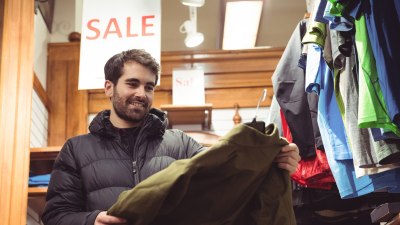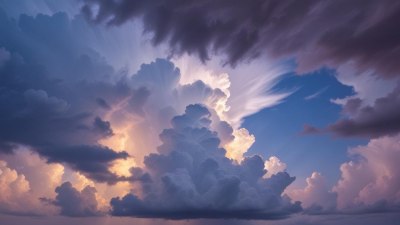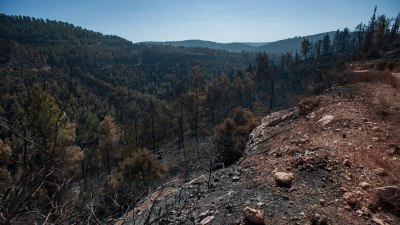Winter Struggles: The Battle of Too Much Snow vs. Not Enough
Winter can be unpredictable—some places drown in snow while others barely get a dusting. Why do some regions face snowstorms while others experience mild winters?

This image was created with the assistance of DALL·E
Every winter, people in some regions find themselves shoveling endless piles of snow, while others are left wondering where winter went. The struggle of too much snow vs. not enough is a real issue, impacting daily life, infrastructure, and even local economies. But what causes these drastic differences in snowfall? Let’s explore the science behind winter weather patterns.
The Science Behind Heavy Snowfall
Snowfall depends on several key atmospheric conditions, including temperature, moisture, and wind patterns. For heavy snowfall to occur, the following factors must align:
- Cold air: Snow forms when temperatures in the atmosphere and near the ground are below freezing.
- Moisture: There must be enough humidity in the air to form snowflakes.
- Storm systems: Low-pressure systems and strong winter storms contribute to excessive snowfall.
When these conditions come together, they can create anything from a light dusting to a full-blown blizzard.
Too Much Snow: The Challenges of Extreme Winter Weather
For some places, winter is a never-ending battle against snow accumulation. Regions like the northeastern United States, Canada, and parts of northern Europe regularly experience heavy snowfall, leading to:
- Transportation nightmares: Snow-covered roads cause accidents, delays, and flight cancellations.
- Structural damage: Excess snow on rooftops can lead to collapses if not removed.
- Power outages: Heavy snow and ice bring down power lines, leaving people without heat or electricity.
- Health hazards: Shoveling snow can be dangerous, especially for older adults, increasing the risk of heart attacks.
While snow creates picturesque winter landscapes, it also brings serious challenges to communities struggling to keep up with extreme weather conditions.
Not Enough Snow: The Downsides of a Mild Winter
On the flip side, some regions that normally expect a snowy winter find themselves with barely any snow at all. A lack of snow can lead to various problems, including:
- Winter sports struggles: Ski resorts and snowboarding destinations suffer financially when snowfall is low.
- Drought concerns: Many areas rely on snowmelt to replenish water supplies in the spring.
- Warmer-than-usual temperatures: A mild winter can disrupt local ecosystems and affect wildlife behavior.
In areas dependent on snowfall for tourism and agriculture, a snow-free winter can be just as problematic as a winter storm.
Why Does Snowfall Vary So Much?
There are several reasons why some places experience extreme snowfall while others barely see a flake:
- Geography: Mountainous regions receive more snow due to elevation changes and orographic lift.
- Proximity to water: Areas near large lakes and oceans experience "lake-effect snow," which can dump feet of snow in short periods.
- Jet streams: These powerful air currents influence storm tracks and determine which regions receive snow.
Climate Change and Changing Snow Patterns
In recent years, snowfall patterns have been shifting due to climate change. Some areas are experiencing more extreme snowstorms, while others are seeing less snowfall overall. Scientists attribute these changes to rising global temperatures, which impact moisture levels and alter weather patterns.
How to Prepare for a Snowy or Snowless Winter
Since winter weather can be unpredictable, it’s important to be prepared for both extremes:
- If you expect heavy snowfall: Keep shovels, salt, and emergency supplies ready for sudden storms.
- If snowfall is lacking: Conserve water and monitor local drought conditions.
- For travelers: Check forecasts before heading to ski resorts or winter destinations.
Winter weather is a battle between too much snow and not enough, and both extremes come with challenges. Whether you're dealing with relentless snowstorms or an unusually warm winter, understanding the factors behind snowfall can help you prepare and adapt. No matter what winter brings, one thing is certain—Mother Nature always has a surprise in store.











